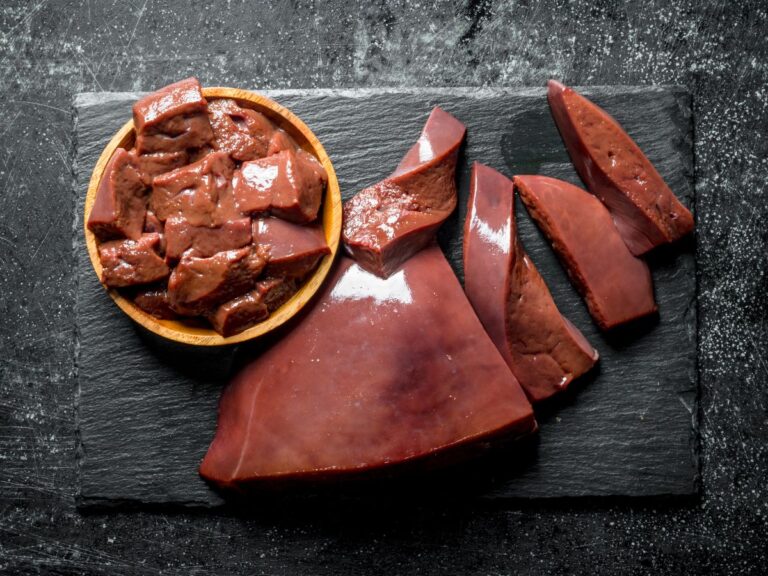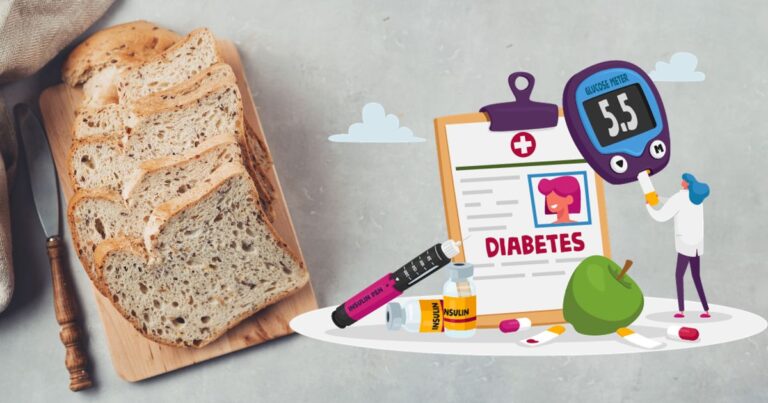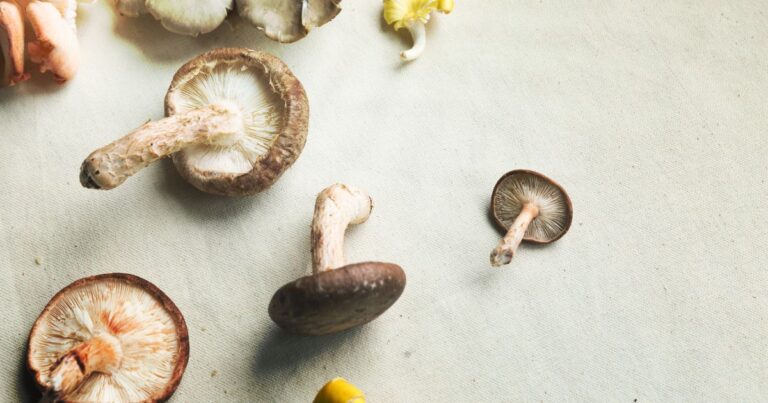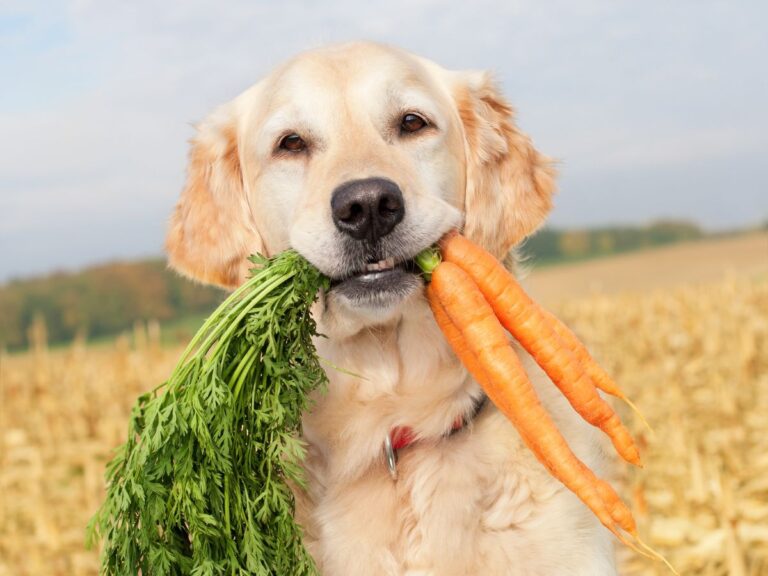Can Dogs Eat Green Olives: Getting Down To The Pit
Are You wondering if olives are toxic to dogs? Did one of those delicious kalamata olives roll off the table and directly into your furry best friend’s mouth, and now they have run away with it to enjoy their winnings for the day? Let’s Break it down from olive tree to olive pit, black olives to green, and from whole fruit to olive oil. We have all the answers to ensure you and your dogs are happy and healthy!
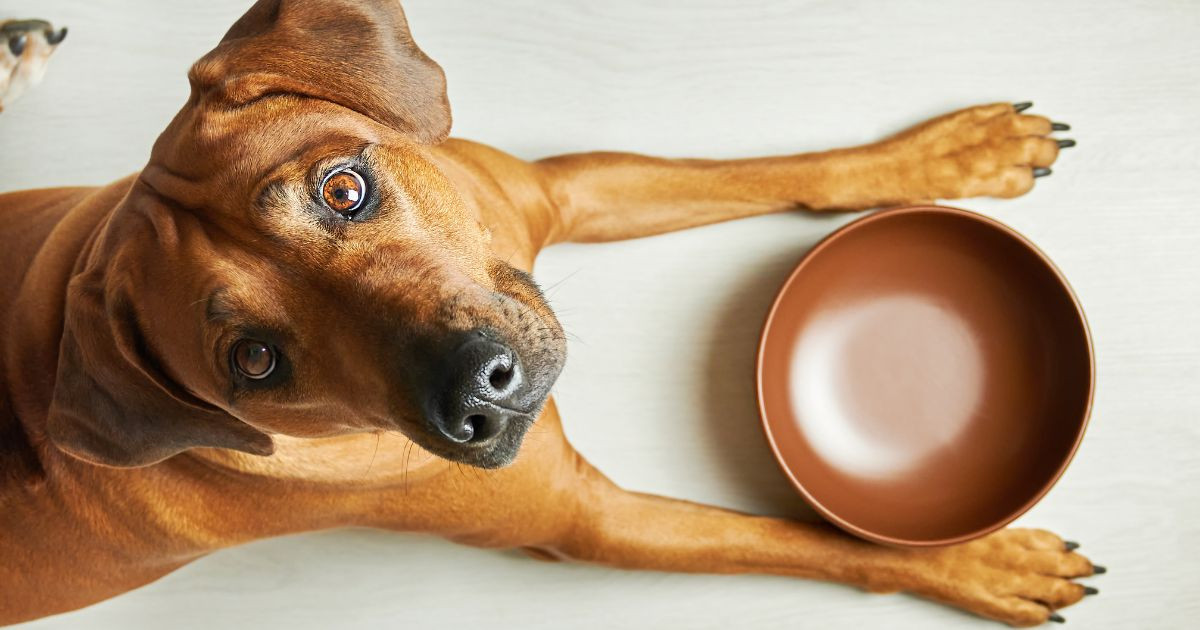
As a professional chef with a knack for whipping up dog-friendly delights, I’ve often found myself pondering over the do’s and don’ts of canine cuisine.
Let’s talk about a topic that’s as ripe as a well-cured olive – can dogs eat olives?
Now, I know what you’re thinking. Olives? For dogs?
Can Dogs Eat Kalamata Olives from my salad if they look at me really cute? In my culinary adventures, I’ve often encountered the curious stares of my furry sous-chef (aka my dog) whenever I’m pitting olives or drizzling that golden olive oil.
It got me thinking: amidst their olives cravings, is it safe to share this Mediterranean diet gem with our four-legged friends? Let’s find out if dogs can have olive oil in their food and crunchy olives and not get sick. Can dogs eat olives and so much more?
Table of Contents
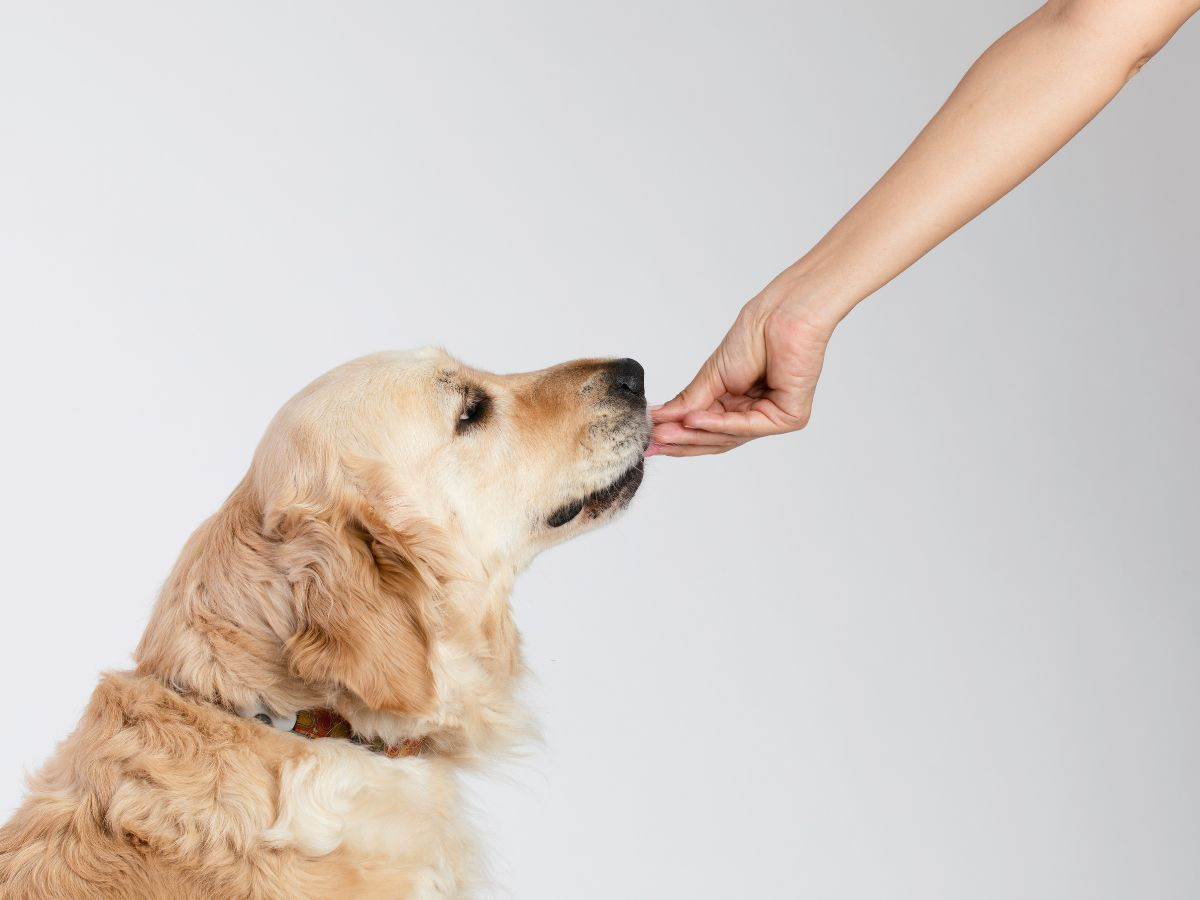
In my kitchen, olives are more than just a garnish – they’re a staple. I’ve tried everything from tossing them into salads to experimenting with olive oil subscription boxes.
But when it comes to our canine companions, the rules of the game change. So, I set out to uncover the truth about dogs and olives, armed with my chef’s hat and a love for dogs.
And let me tell you, it’s not just about answering ‘yes’ or ‘no.’ I mean, I’m sure you want the Answer, now and in Simple terms; yes, You can feed your dog olives, but there’s more to know.
We’re going to explore everything from the benefits of olive oil to the great stuffed olive debate.
Can Dogs Eat Olives?
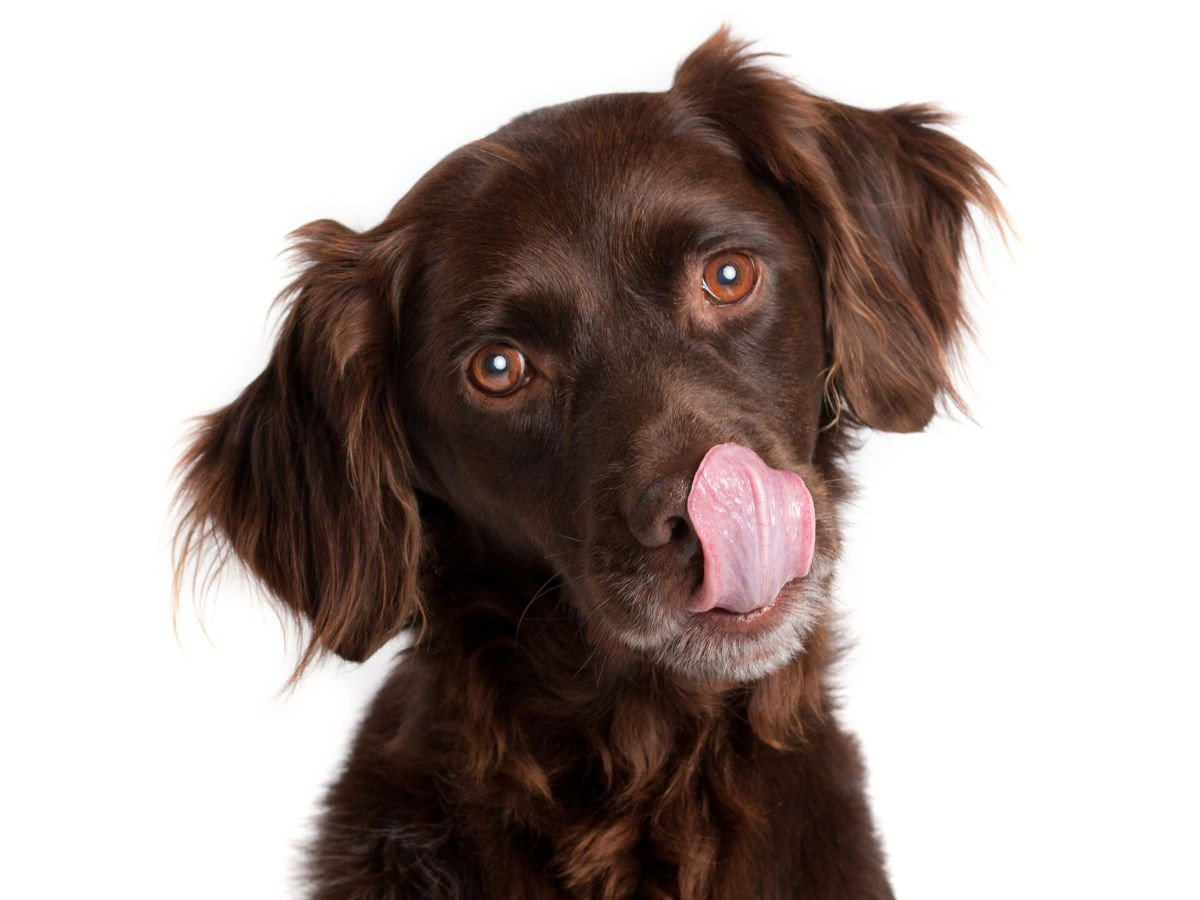
Yes, Yes, and a big old fat Yes! Stay tuned as I share the facts and nutritional benefits of how dogs can eat olives safely, along with some personal tales from my kitchen, where my dog has been both a critic and a beneficiary of my dog’s olive experiments.
Nutritional Profile of Olives

Black and green olives, those small but mighty fruits, are more than just a staple in Mediterranean cuisine. They’re a powerhouse of nutrients – but what does this mean for our canine companions?
The Good Stuff in Olives:
Vitamins & Minerals: Olives are packed with vitamins E and A and minerals like iron and calcium. These can be great for your dog’s skin, coat, and overall health.
Healthy Fats: They’re rich in monounsaturated fats, particularly oleic acid, which is good for heart health for humans and dogs.
But Wait, There’s a Catch:
High Salt Content: Most olives we consume are cured and brined, meaning they’re high in sodium. Too much salt is a no-go for dogs.
Calories: Olives are calorie-dense. Overfeeding can lead to weight gain, especially in less active dogs.
Chef’s Tip:
If you share olives with your dog, go for plain, unsalted ones. Always remove the pit to prevent choking or intestinal obstruction.
A slice of plain olives or two is enough. Think of it as letting them taste a bit of your culinary world, not a dietary staple.
Are Olives Safe for Dogs?
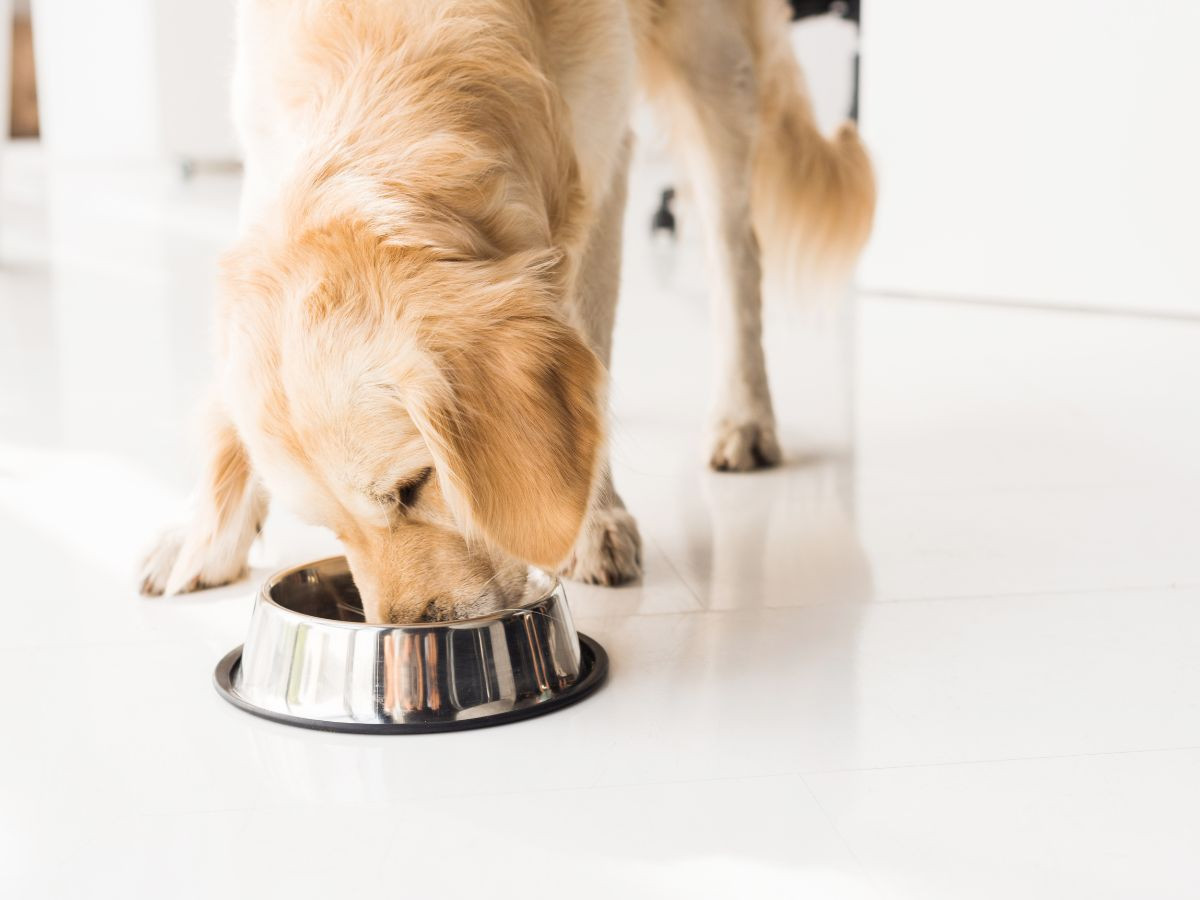
As a chef, I’m always cautious about the ingredients I introduce to my dog’s diet. So, the big question: Are olives safe for our furry friends? Let’s break it down.
The Safety Checklist for Olives:
Pits are a No-No: Olive pits can be a choking hazard and may cause intestinal blockage. Always pit your olives before sharing.
Moderation is Key: While olives are not toxic to dogs, they should be given in moderation due to their high fat and salt content.
Potential Risks to Watch Out For:
Choking Hazard: Small, round foods like olives can pose a choking risk, especially for eager eaters.
Salt Content: Many olives are high in sodium, which isn’t great for dogs. Excessive salt intake can lead to dehydration and other health issues.
Chef’s Advice:
Opt for a plain, unsalted variety if you consider giving your dog an olive. Ensure it’s free of any additional seasonings or garlic, which can harm dogs. Remember, what works in our human culinary creations doesn’t always translate well to doggy dishes.
Health Benefits of Olives for Dogs
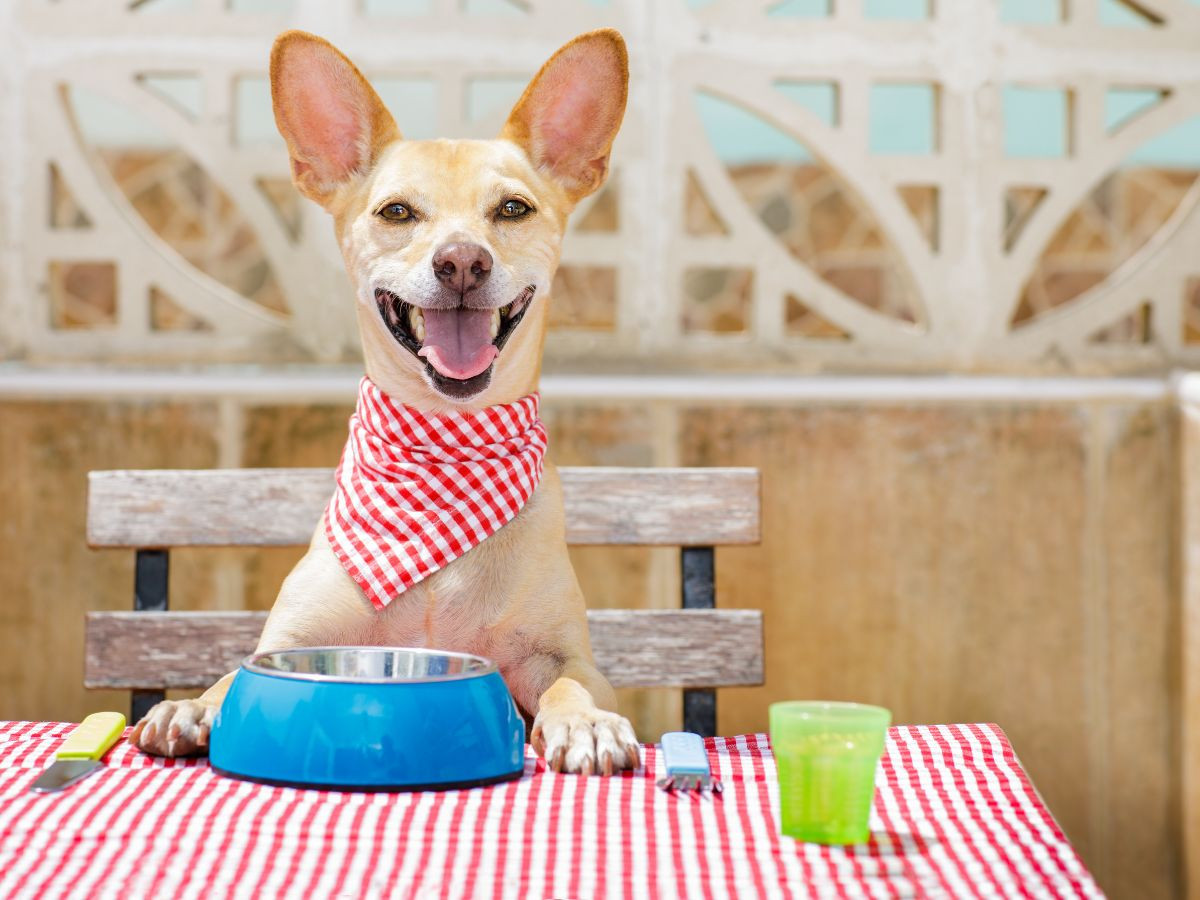
While olives should be an occasional dog treat, they come with some health perks when given correctly. Here’s what you need to know about the beneficial side of sharing this Mediterranean favorite with your four-legged friend.
Nutritional Perks of Olives for Dogs:
Healthy Fats: Olives are rich in monounsaturated fats, which can benefit your dog’s coat and skin health.
Antioxidants: They contain antioxidants like vitamin E, which can help combat oxidative stress in dogs.
Olive Oil: A Liquid Gold for Dogs?
Skin and Coat Health: A little olive oil in your dog’s diet can work wonders for their skin and coat, giving it a shiny, healthy look.
Digestive Benefits: Eating Olive oil can also aid digestion, making it a helpful addition for dogs with sensitive stomachs.
Chef’s Tip:
Consider adding a teaspoon of high-quality olive oil to your dog’s meals a few times a week. This can be particularly beneficial and add nutritional value during dry winter months when their skin might need an extra moisture boost.
Stuffed Olives

Stuffed olives come in various flavors, but not all are suitable for our canine companions. Let’s explore which stuffed olives, if any, might be dog-friendly.
Types of Stuffed Olives:
Cheese or Garlic Stuffed: These are often a no-go. Garlic is toxic to dogs, and blue cheese can be problematic, especially for a lactose-intolerant canine companion.
Pimiento Stuffed: Pimientos are not harmful to dogs, but these olives are usually high in sodium, so it’s best to avoid them.
The Safer Approach:
Plain is Best: If you’re considering giving your dog an olive, the safest option is a plain, unsalted, unpitted olive.
Alternative Snack Ideas:
Cooking Carrots for Dogs: If you’re looking for a healthy snack alternative, consider cooked carrots. They’re low in calories and high in fiber and vitamins.
Homemade Dog Treats: Making your own dog treats can be a fun and safe from human foods way to spoil your pup. You control the ingredients, ensuring they’re dog-friendly.
Serving Suggestions for Olives in a Dog’s Diet
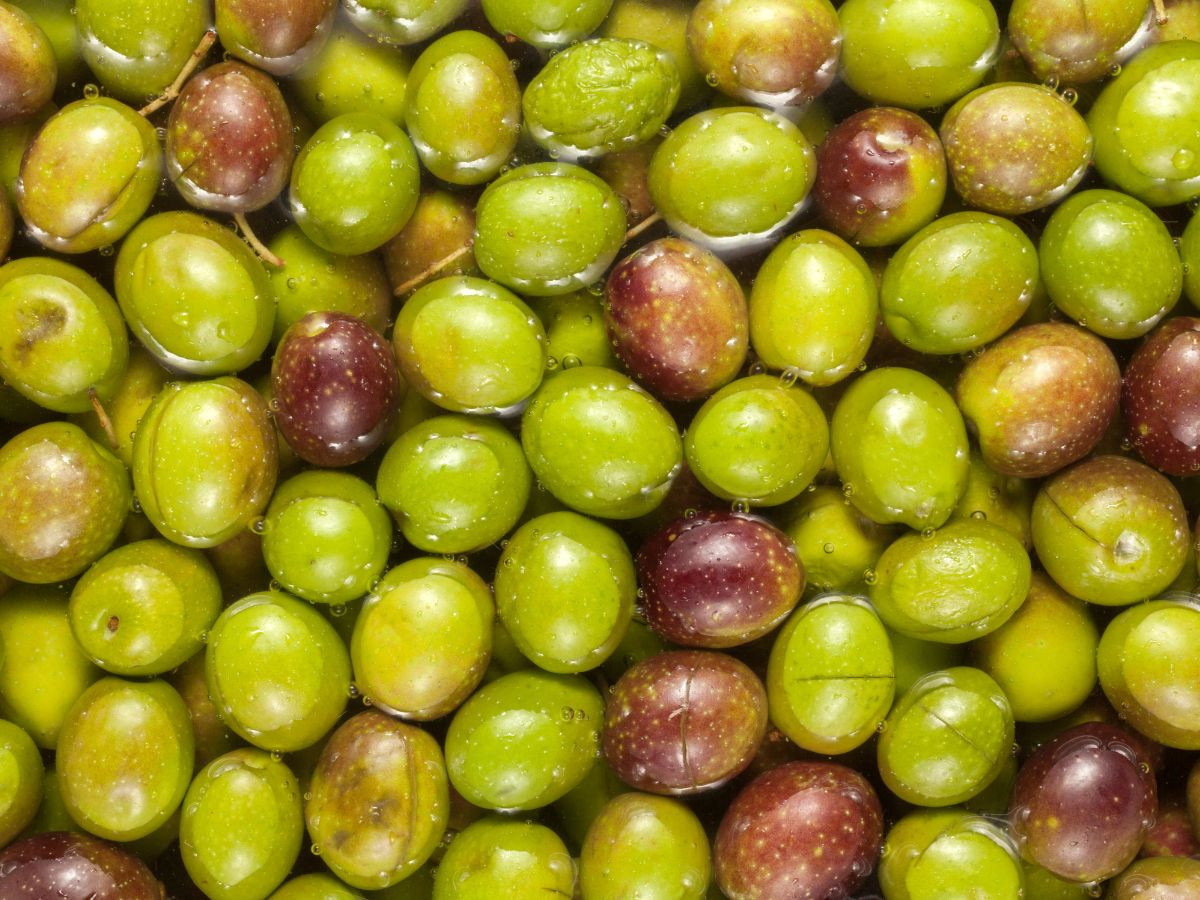
Introducing olives to your dog’s diet should be done thoughtfully and sparingly. Here are some practical tips on how to safely include olives as a treat for your pet’s diet.
How to Serve Olives to Dogs:
Size Matters: Always chop the olive into smaller pieces to prevent choking, especially for smaller dogs.
Frequency and Quantity: Olives should be an occasional treat, not a regular part of your dog’s diet. One or two olives are more than enough.
Monitor Your Dog: Keep an eye on your dog after giving them olives for the first time. Look out for any adverse reactions or allergies.
Preparing Olives for Dogs:
Rinse Them Well: If you’re using store-bought olives, rinse them thoroughly to reduce their salt content for your furry friend.
No Seasonings or Additives: Ensure the olives are free of harmful seasonings, garlic, or onion.
Considerations Before Feeding Olives to Dogs:
Consult Your Vet: It’s always a good idea to talk to your vet before introducing new foods into your dog’s diet.
Individual Health Needs: Consider your dog’s health issues, dietary needs, and preferences when deciding whether to feed them olives.
When to Avoid Olives:
Dogs with Health Issues: If your dog has problems like pancreatitis or is on a sodium-restricted diet, it’s best to avoid olives altogether.
Puppies: Puppies have specific dietary requirements, so it’s safer to stick to their recommended puppy food.
Conclusion
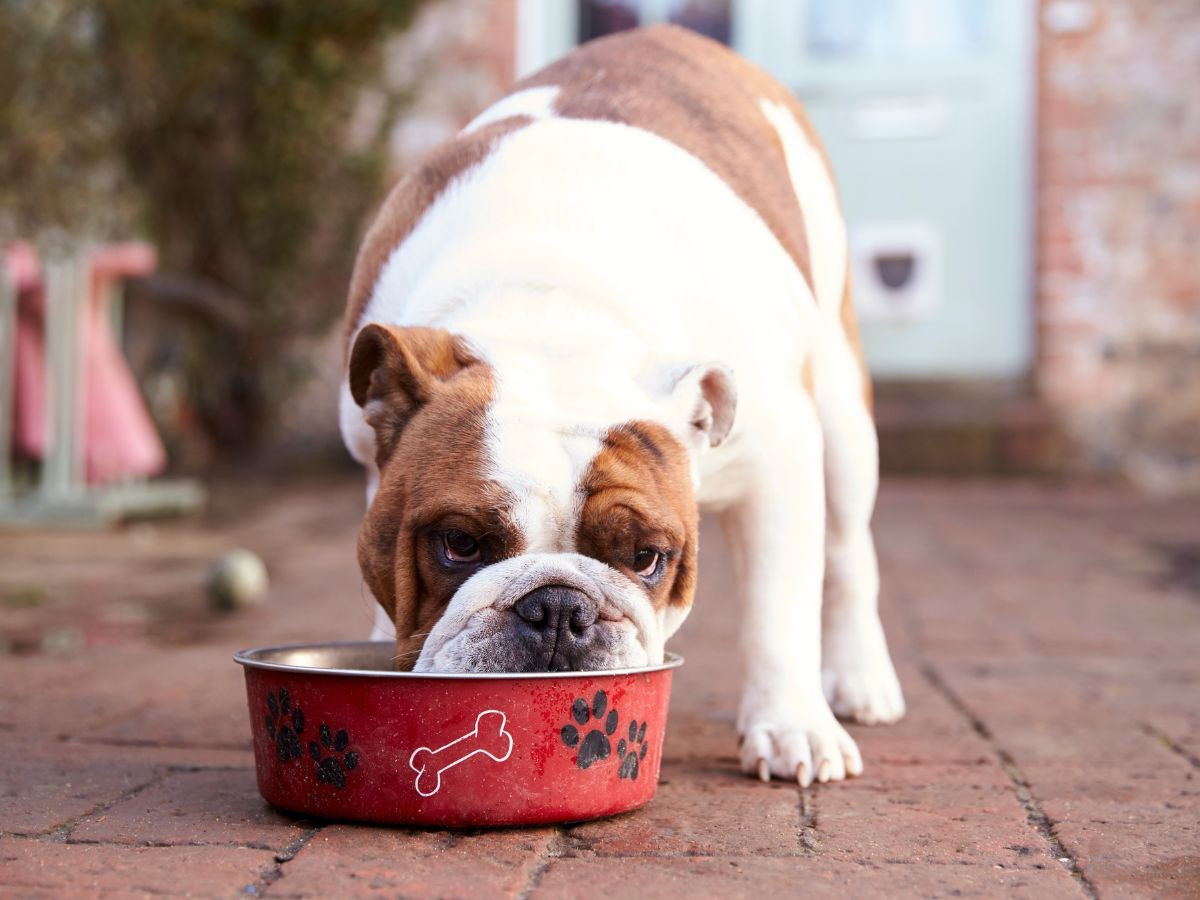
As we wrap up our discussion on whether dogs can eat olives, it’s clear that while olives aren’t toxic to dogs, they should be treated as an occasional snack rather than a dietary staple. Remember, the key is moderation and mindful preparation.
Safety First: Always remove pits and avoid high-sodium or stuffed olives.
Health Benefits: In small amounts, olives can offer some health benefits to dogs, like healthy fats and vitamins.
Consult with Your Vet: Before introducing any new food to your dog’s diet, it’s wise to consult with your veterinarian.
Olives can add a little variety to your dog’s treats but are no substitute for a well-balanced canine diet. As a dog-loving chef, I’ve seen firsthand how small dietary changes can impact our furry friends.
FAQ and Additional Information
Are olives toxic for dogs?

No, olives themselves are not toxic to dogs. However, they should be given in moderation and prepared correctly. Here are a few key points to remember to help dogs eat olives safely:
Pits and Choking Hazard: Olive pits can be a choking hazard and cause intestinal blockage. You can safely remove the pits before giving olives to your dog.
High Salt Content: Many olives are cured in brine, which is high in salt. Too much salt is unsuitable for dogs and can lead to dehydration and other health issues. It’s best to rinse off any brine and offer your dog only plain, unsalted olives.
Small Quantities: Due to their high-fat content, olives should be given as an occasional treat, not a regular part of your dog’s diet. Excessive fat intake can lead to pancreatitis and other health problems in dogs.
No Seasoned or Stuffed Olives: Avoid giving your dog olives seasoned or stuffed with ingredients like garlic, onions, or cheese, as these can harm dogs.
Can dogs eat olives with pimento?
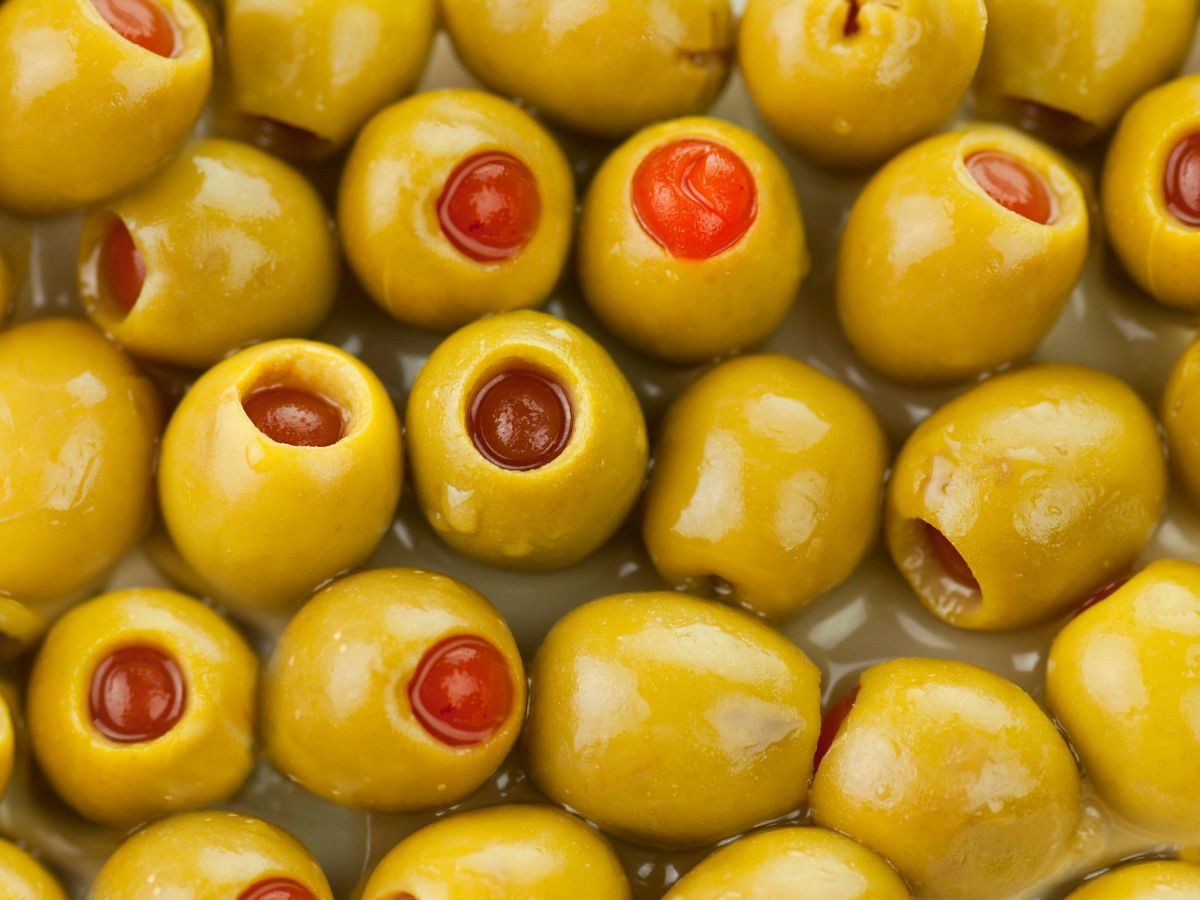
Dogs can eat the olives stuffed with pimento in small quantities, but there are a few considerations to keep in mind:
Pimento Itself is Safe: Pimento is a type of red pepper generally safe for dogs in small amounts. It’s not spicy like some other peppers and doesn’t contain substances that are toxic to dogs.
High Salt Content: Pimento-stuffed green olives are usually preserved in brine and high in sodium. Too much salt can harm dogs, potentially leading to dehydration and other health issues. It’s important to rinse the marinated olives to remove excess brine.
Pit Removal: Ensure that the olives are pitted before offering them to dogs to eat, as the pits can pose a choking hazard and risk of intestinal blockage.
Moderation is Key: Like any treat, pimento-stuffed olives should be given in moderation. They should not constitute a significant part of your dog’s diet but can be an occasional small healthy treat.
Avoid Seasonings and Additives: Make sure that the olives don’t contain any additional seasonings, garlic, or onions, which can harm or make dogs sick.
As always, when introducing a new food item to your dog’s diet, it’s advisable to start with a small amount to see how your dog eats and reacts.


